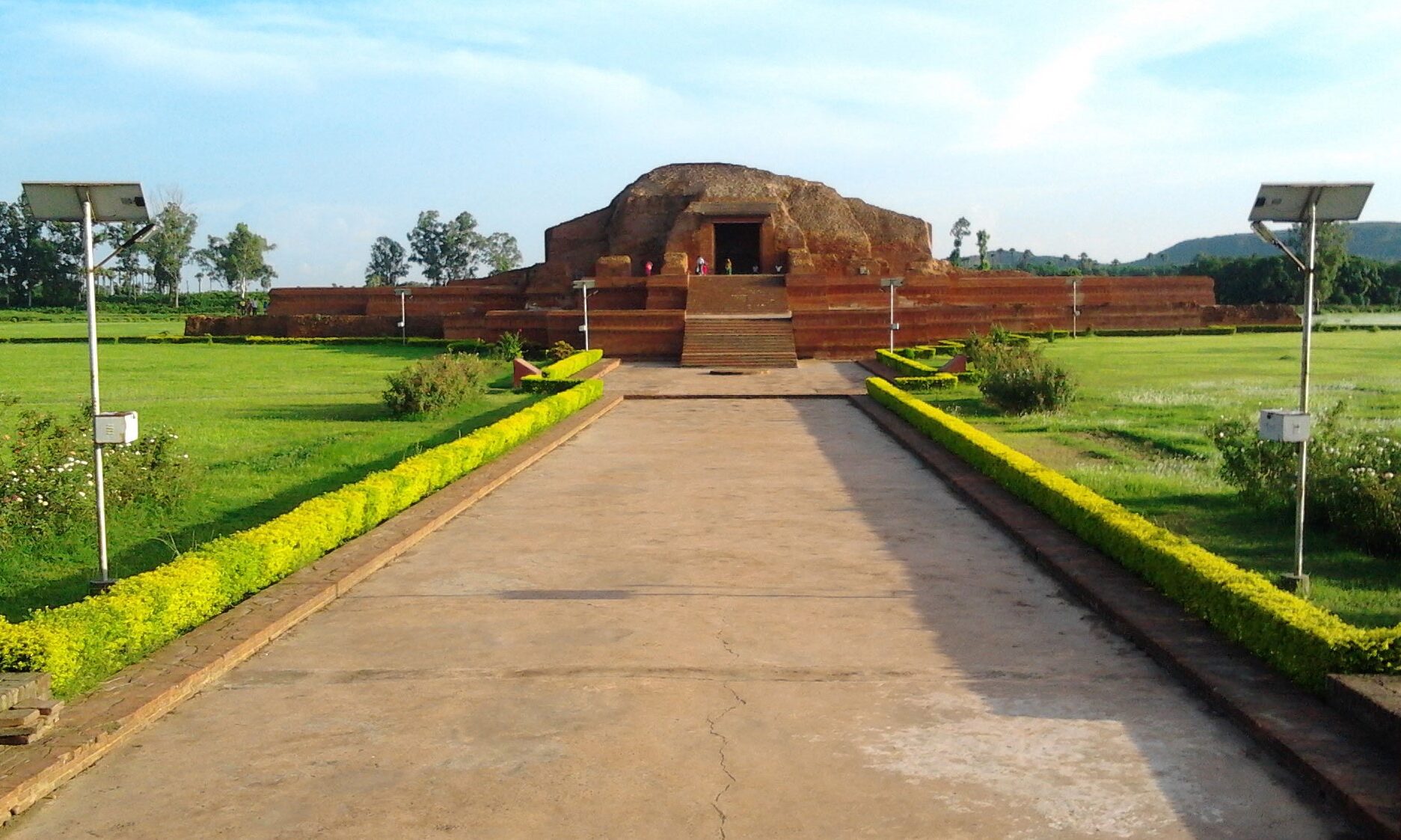अंग देश का इतिहास – स्वतंत्रता के लिए संघर्ष (History of Ang Desh – The Struggle for Independence)
The First War of Independence
A century of accumulated grievances erupted in the Indian mutiny of sepoys in the British army, in 1857. This was the signal for a spontaneous conflagration, in which the princely rulers, landed aristocracy and peasantry rallied against the British around the person of the last Mughal emperor, Bahadur Shah. The uprising, however, was eventually brutally suppressed. By the end of 1859, the "emperor" had been deported to Burma where he died a lonely death, bringing to a formal end the era of Mughal rule in India.
The Mutiny, even in its failure, produced many heroes and heroines of epic character. Above all, it produced a sense of unity between the Hindus and the Muslims of India that was to be witnessed in later years.
The rebellion also saw the end of the East India Company's rule in India. Power was transferred to the British Crown in 1858 by an Act of British Parliament. The Crown's viceroy in India was to be the chief executive.
The Freedom …
Read more
about अंग देश का इतिहास – स्वतंत्रता के लिए संघर्ष (History of Ang Desh – The Struggle for Independence)



















